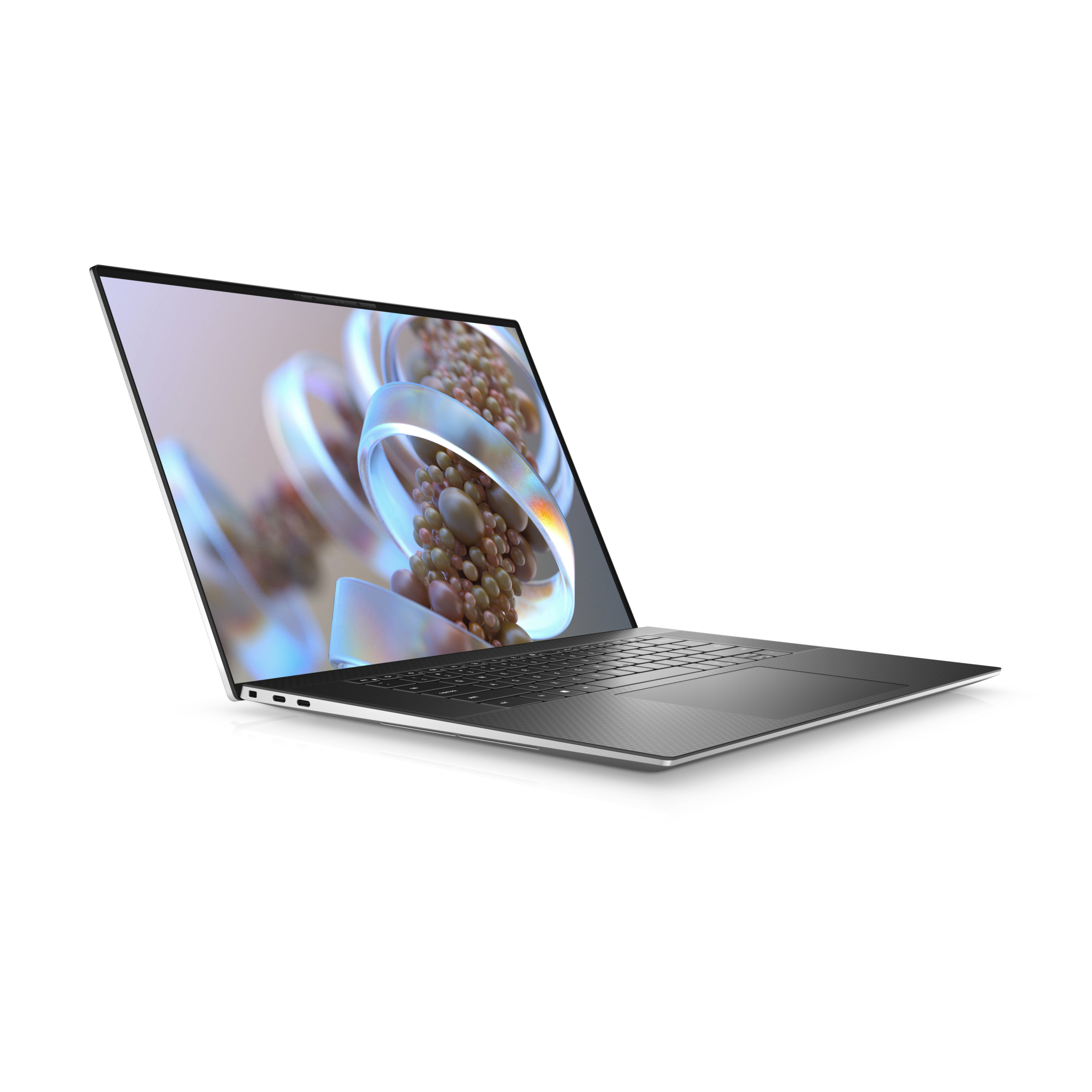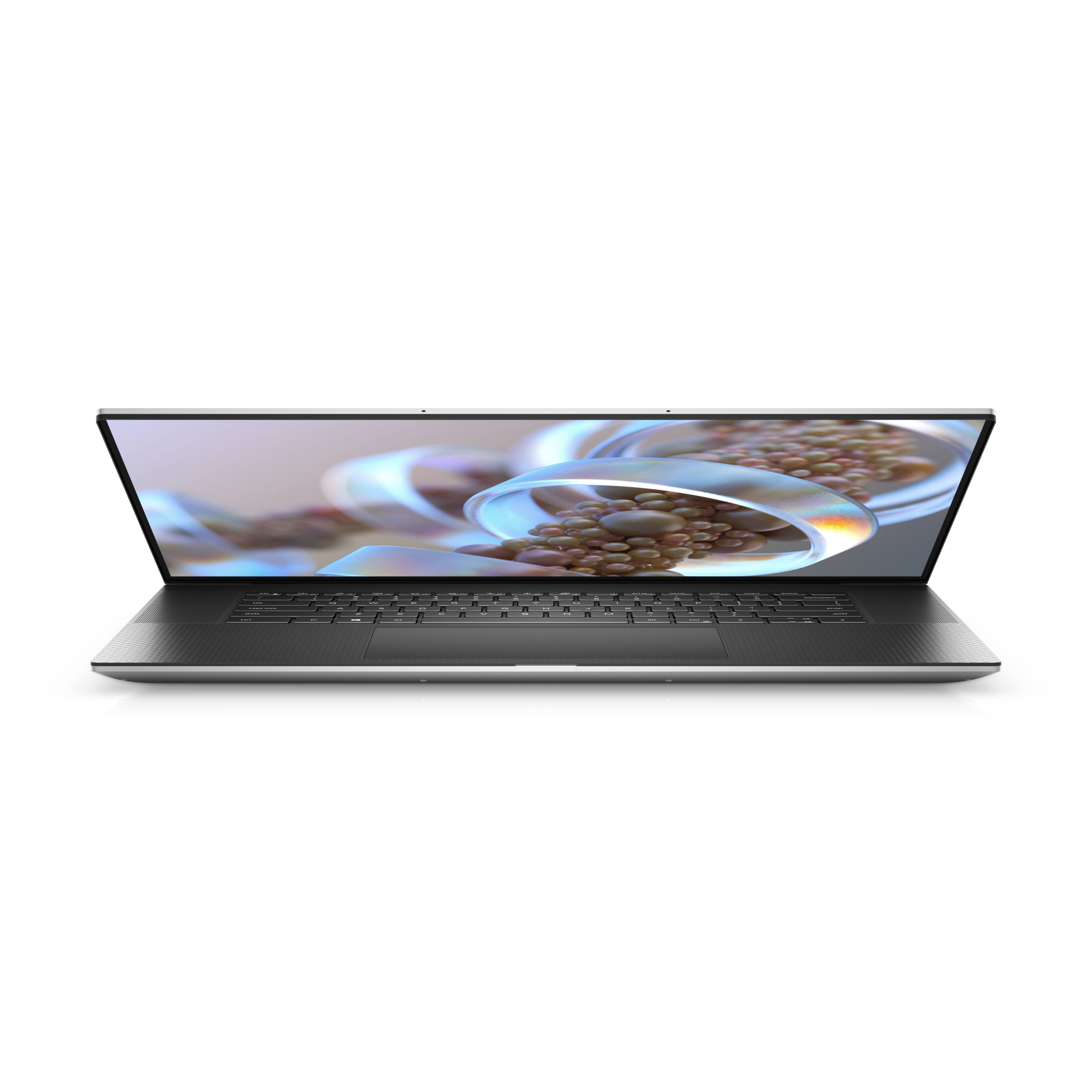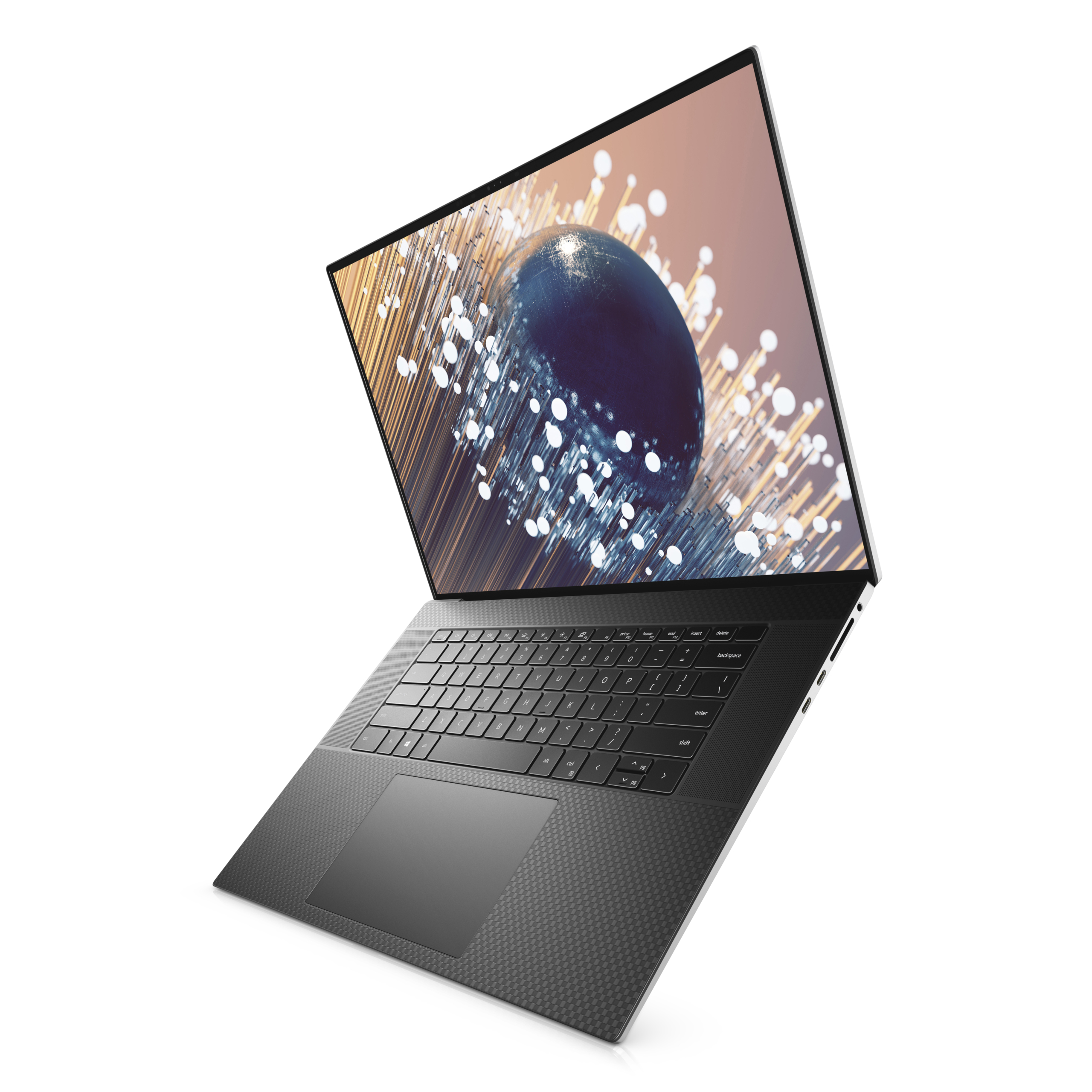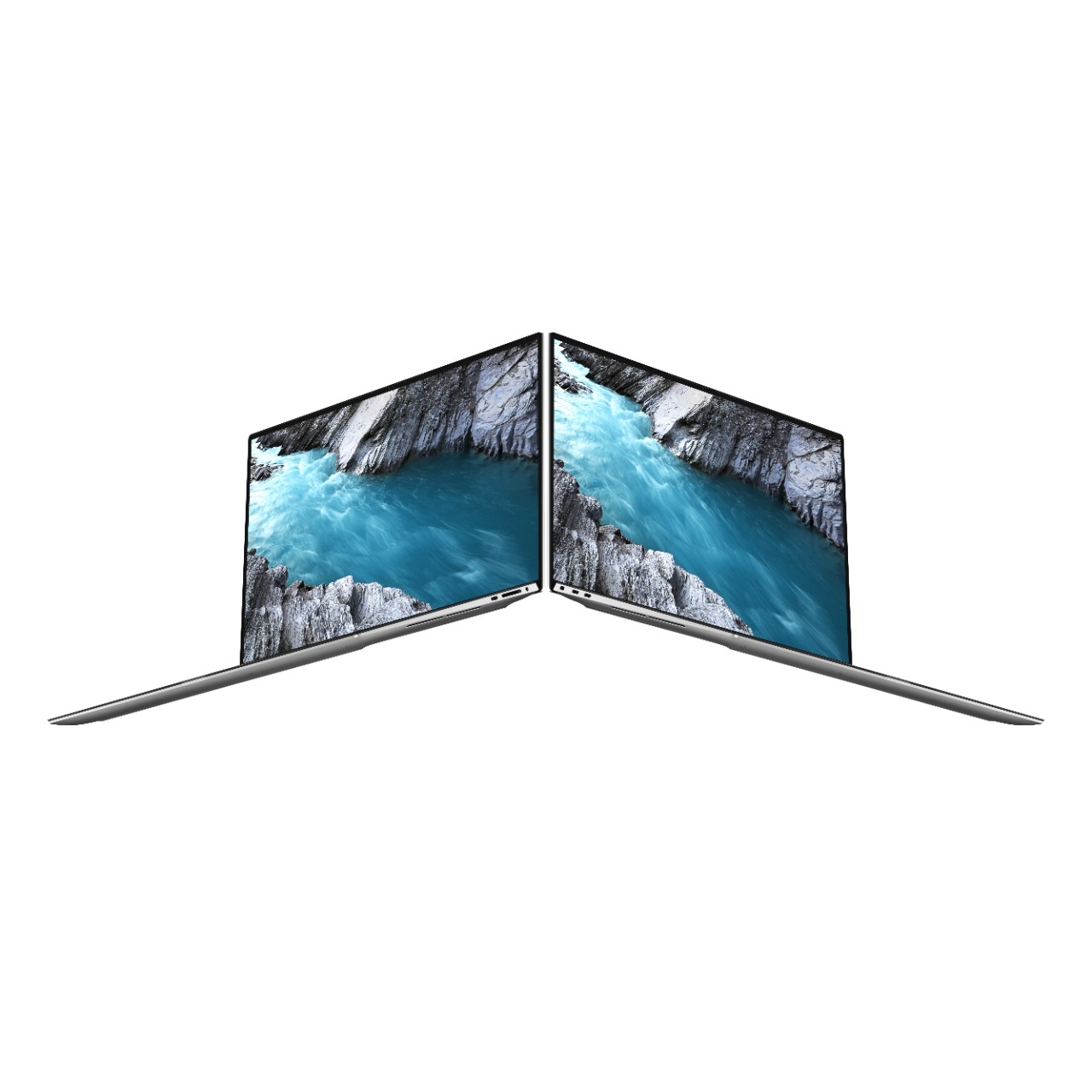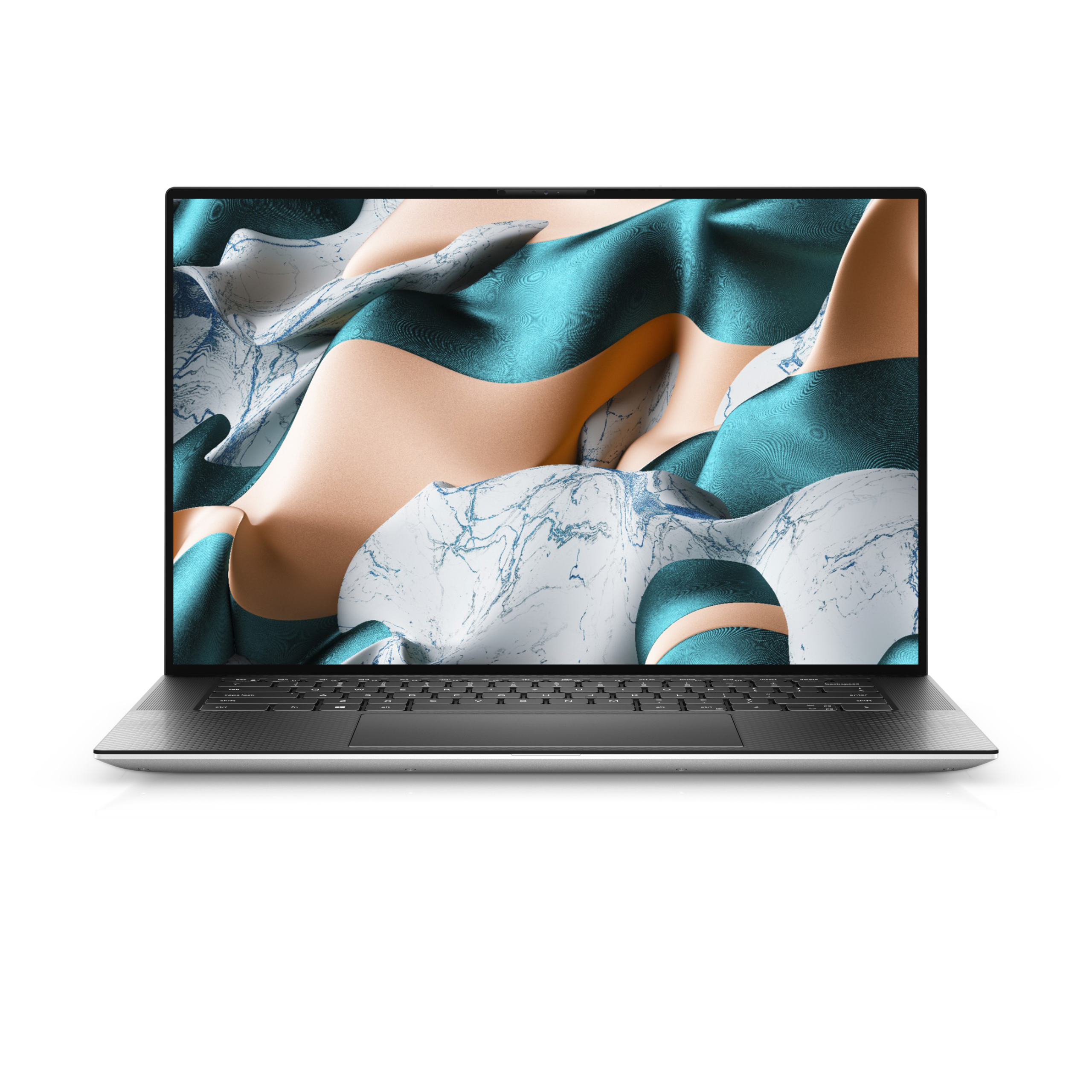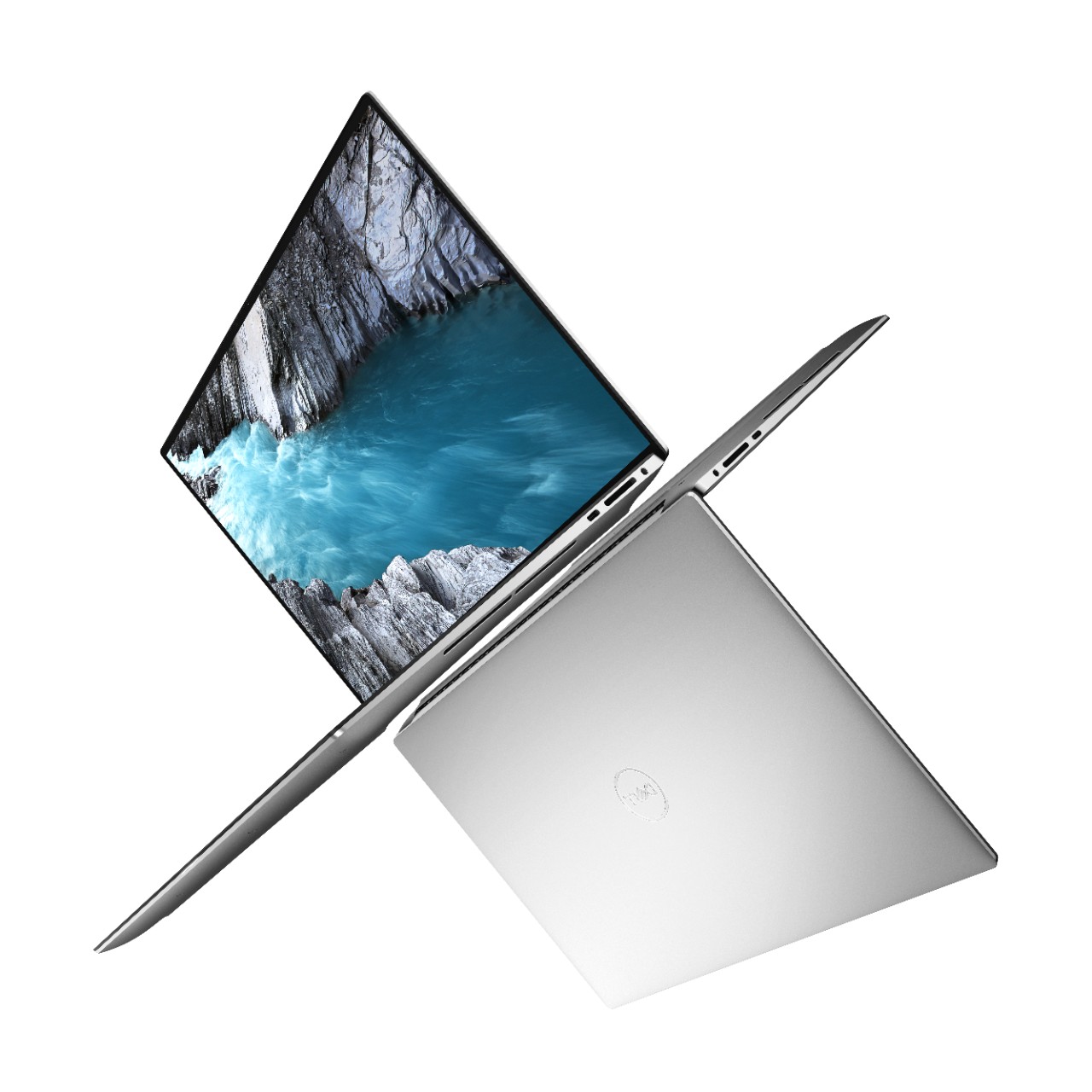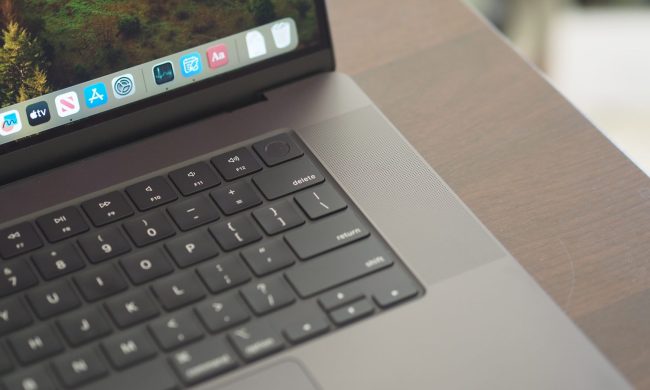Dell has officially announced its much-anticipated XPS 17 and XPS 15 laptops. In a challenge to Apple’s MacBook lineup, the XPS 15 will arrive on May 13, 2020, with prices starting at $1,300, and the XPS 17 will follow later this summer starting at $1,500.
The two laptops have a similar design, but offer some different options in terms of screen size and performance.
XPS 17 is large and in charge

Taking the heritage of the XPS lineup to a new level, the XPS 17 aims to be Dell’s largest and most powerful laptop. Already being called the smallest 17-inch laptop on the market, it sports Dell’s signature “Infinity Edge” display and a 93.7% screen-to-body ratio. It also has beefy GPU and CPU processing power under the hood — with options for up to Nvidia’s GeForce RTX 2060 graphics and 10th-gen Intel H-Series processors.
There are 4-core, 6-core, and 8-core options. That includes the Core i5-10300H, Core i7-10750H, Core i7-10875H, and the Core i9-10885H. These are the same options as available in the 15-inch model. The GPU meanwhile, starts with the Nvidia GeForce GTX 1650, but allows for configurations up to RTX 2060 with 6GB of GDDR6 memory. An option with Intel’s UHD graphics is available for those who just want the big screen.
Dell highlights the RTX graphics in particular, saying it offers “next-gen content creation” thanks to its support for ray tracing and dedicated A.I. cores. These graphics also make the XPS 17 “ready for VR,” according to Dell’s own certification. There also is a “Creators Edition” with RTX graphics that is specially tuned for content creators who work in photography, graphic design, and more.
Other than the extra performance, the XPS 17 features a new keyboard design. Compared to the XPS 15, its keycaps are much larger, and the touchpad is significantly bigger. There’s also a twin-coil fit hinge that allows the lid to open easily. Two upward-firing speakers also flank the side of the keyboard, with two more tweeters being in the base. The audio system is powered by a discrete Waves Nx 3D audio experience only offered before through headphones.
RAM options start at 8GB and go up to 64GB. The SSD starts at 256GB abd can be configured up to 2TB. Port selection includes four Thunderbolt 3 ports, a full-size SD card reader, and a 3.5 mm headphone jack. There is no USB-A, just like on Apple’s MacBooks, but Dell includes a USB-C to USB-A 3.0 and HDMI dongle in the box.
Dell specially designed the XPS 17 from the bottom up for all that raw power. It delivers 90 watts of power in a thin form factor. On models with Nvidia graphics, there will be dual opposite outlet fans, to increase fan airflow by approximately 30% and drive cooling airflow in both directions. There’s also a massive vapor chamber that spans the entire width of the laptop, and hidden exhaust vents in the hinge also help with additional airflow.
Like the rest of the XPS lineup, it is cut from a block of aluminum in two pieces and features diamond-cut sidewalls. There’s also aerospace-inspired carbon fiber used in the design of the black palm rest. The XPS 17 comes in at around 0.77 inches thick and weighs 4.65 pounds. For comparison, Apple’s 16-inch MacBook Pro is 0.64 inches thick and 4.3 pounds.
In terms of the screen, it keeps the 16:10 aspect ratio from the XPS 13. Screen options include a 4K Ultra HD+ (3,840 x 2,400) resolution touch panel, or a FHD+ (1,920 x 1,200) resolution panel.
The 4K option is great for content creation, with an anti-reflective coating, and 1600:1 contrast ratio. All panels have 500 nits of brightness, with 178-degree viewing angles.
XPS 15 drops the bezels

Inspired by this year’s Dell XPS 13 and the XPS 17, the new XPS 15 boasts a fresh design. For the first time in five years, the XPS 15 is getting a revamped look that includes a new display with slimmer bezels, a keyboard with a bigger touchpad, larger left and right arrow keys, and more.
The highlight is the XPS 15’s four-sided slim bezel “Infinity Edge” display. It is a virtually borderless panel that enables a 92.9% screen-to-body ratio. The screen also comes in the 16:10 aspect ratio, creating more vertical room for multitasking.
Dell says this display is 5% larger than before despiye this being one of the smallest 15-inch laptops on the market. The device is roughly 0.71 inches thin and weighs 4 pounds.
There are also options for either a 15.6-inch 4K UHD+ 3,840 x 2,400 resolution touchscreen panel, or a 1,920 x 1,200 FHD+ panel. The 4K panel reaches a max of 500 nits and covers 100% of Adobe RGB minimum, 94% DCI-P3 color gamut, and sports a 1600:1 contrast ratio.
Like the XPS 17, the 15-inch model sports Intel’s 10th generation H-series processors, which have options for either four, six, or eight cores.
In the graphics department, there will be options for either Intel UHD integrated graphics or Nvidia’s GeForce GTX 1650 Ti. RAM ranges from 8GB to 64GB, and storage goes all the way up to a 2TB PCIe SSD.
Port selection includes two USB-C Thunderbolt 3s, one USB-C 3.1, a full-size SD card reader, and a headphone jack. Like the XPS 17, there is no USB-A this year.
Elsewhere, Dell has tweaked the speakers on the XPS 15. They are now upward-firing, located to the sides of the keyboard. Dell also says there are two traditional tweeters in the base. This creates a quad-speaker design for a studio audio quality experience powered by Waves Nx 3D audio.
Battery life is promised at up to 25 hours on an FHD+ configuration with a 86 watt-hour battery, though there is an option for a smaller 56 watt-hour battery as well.
